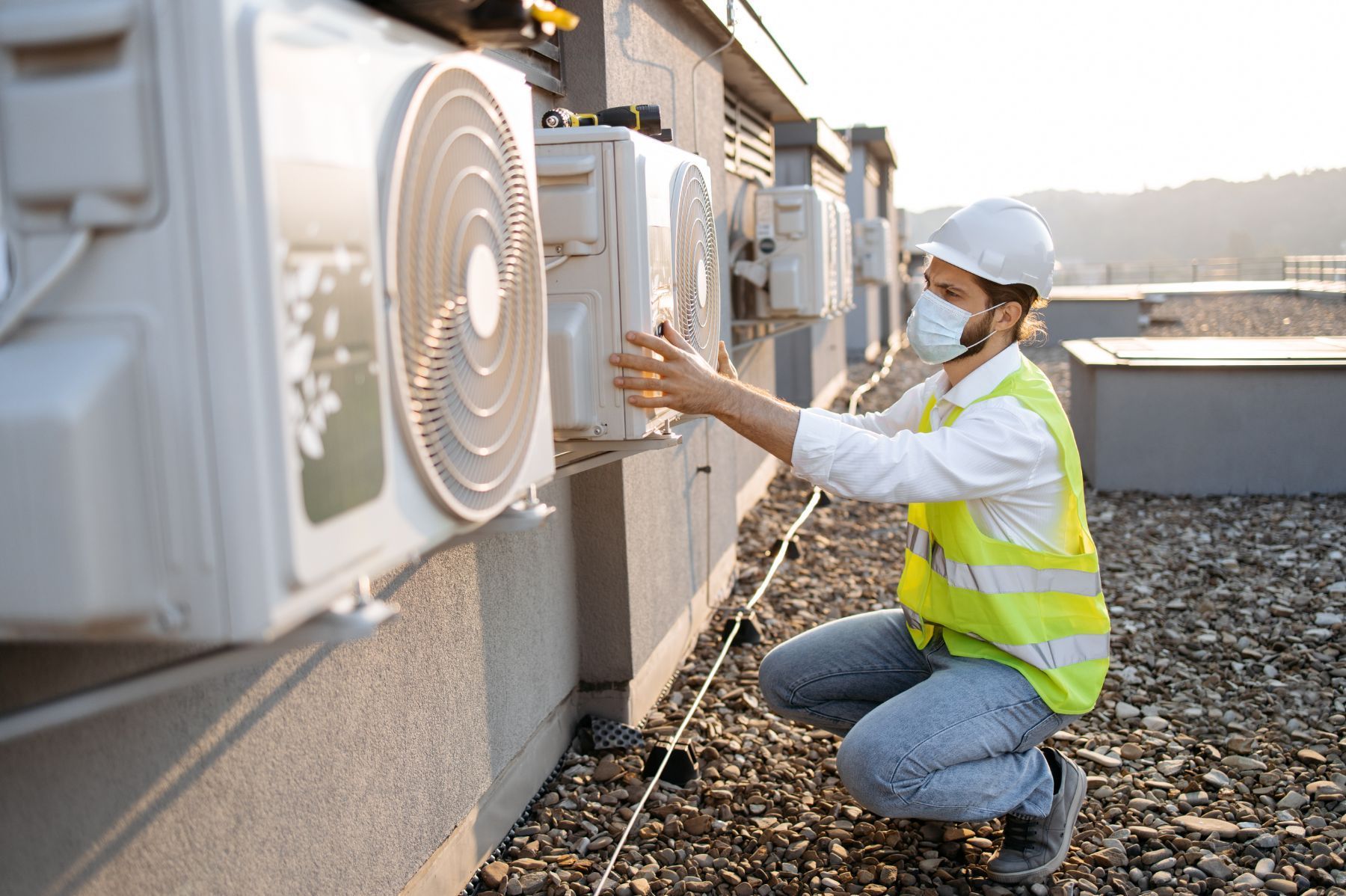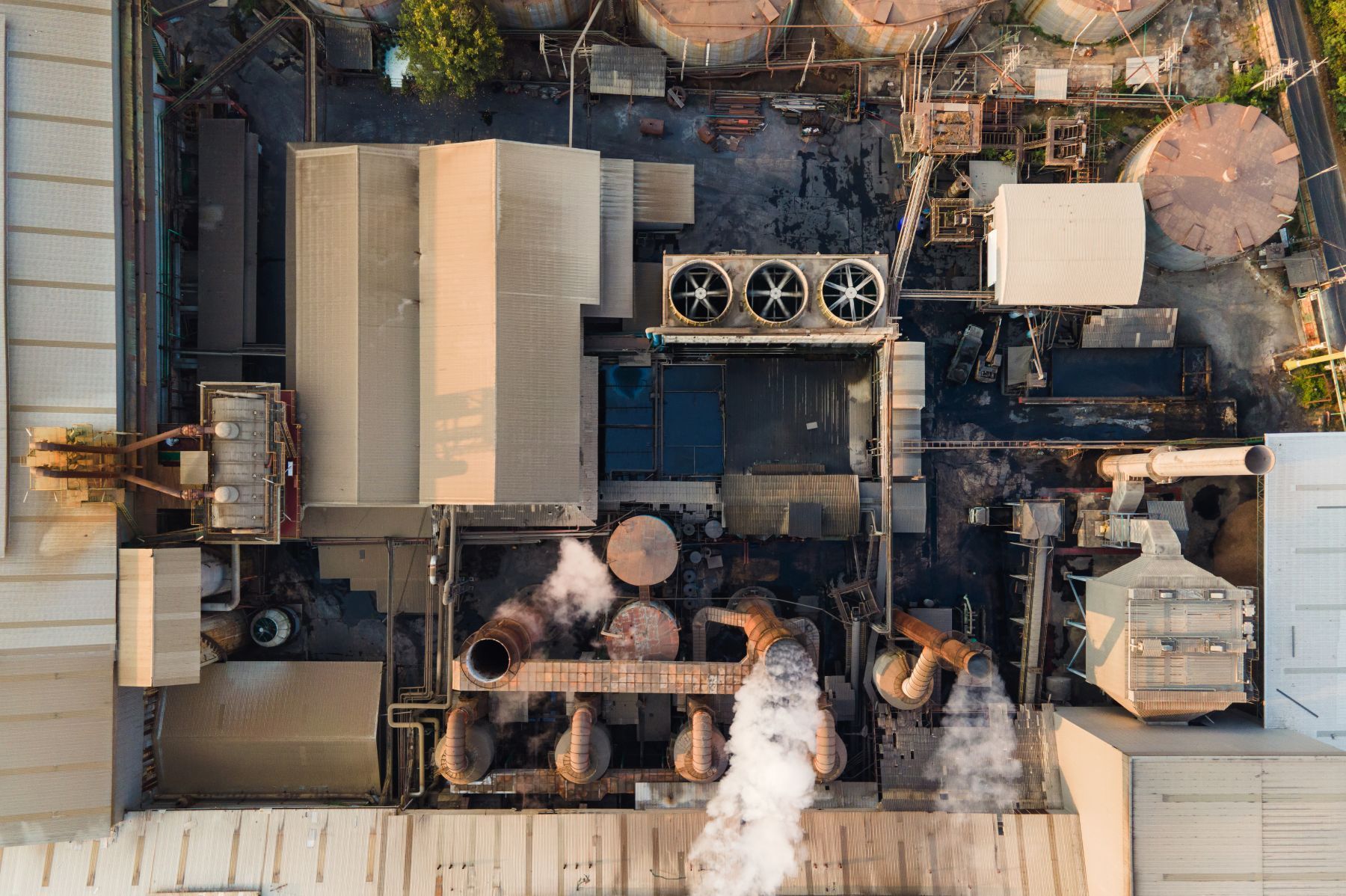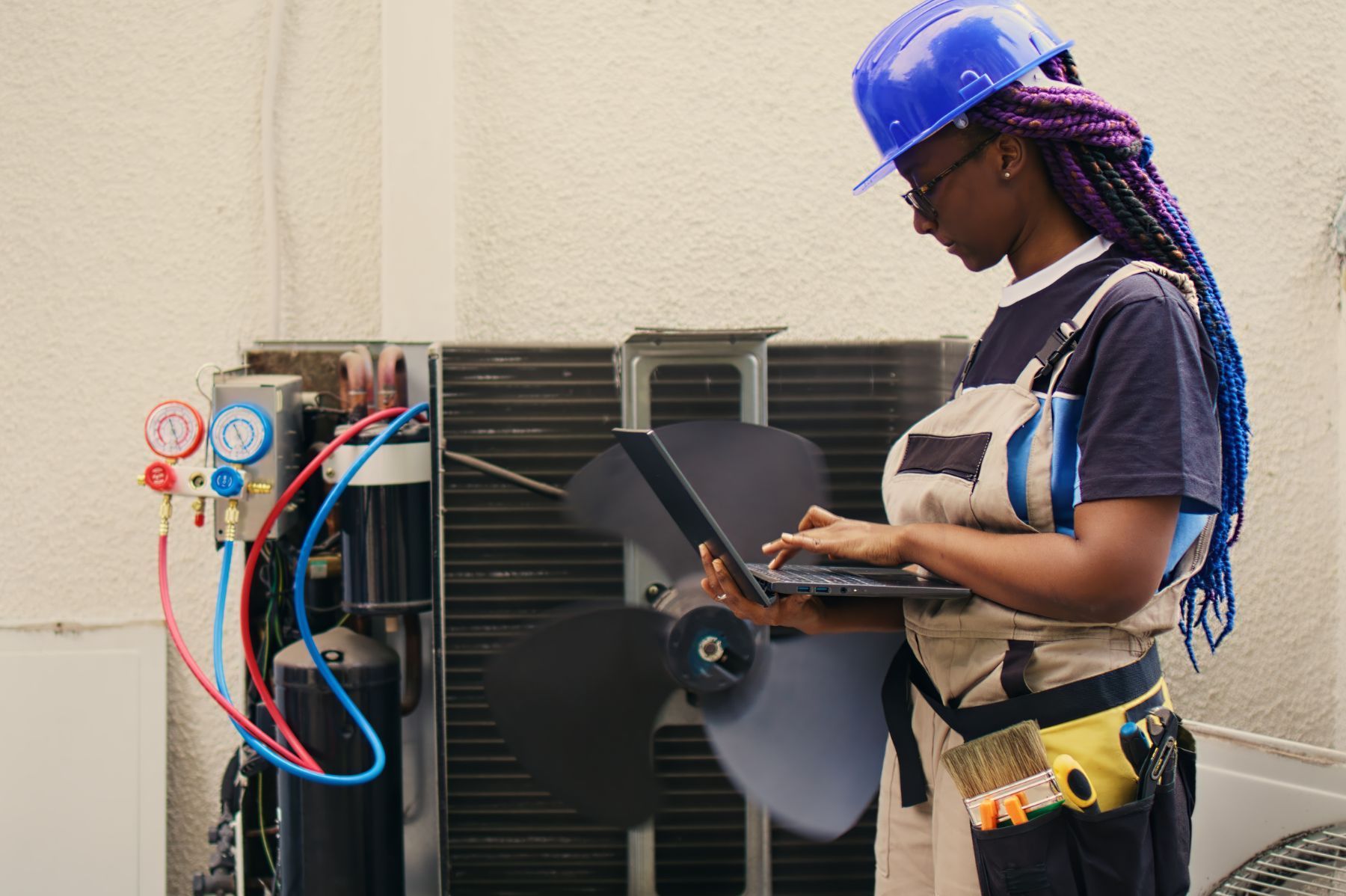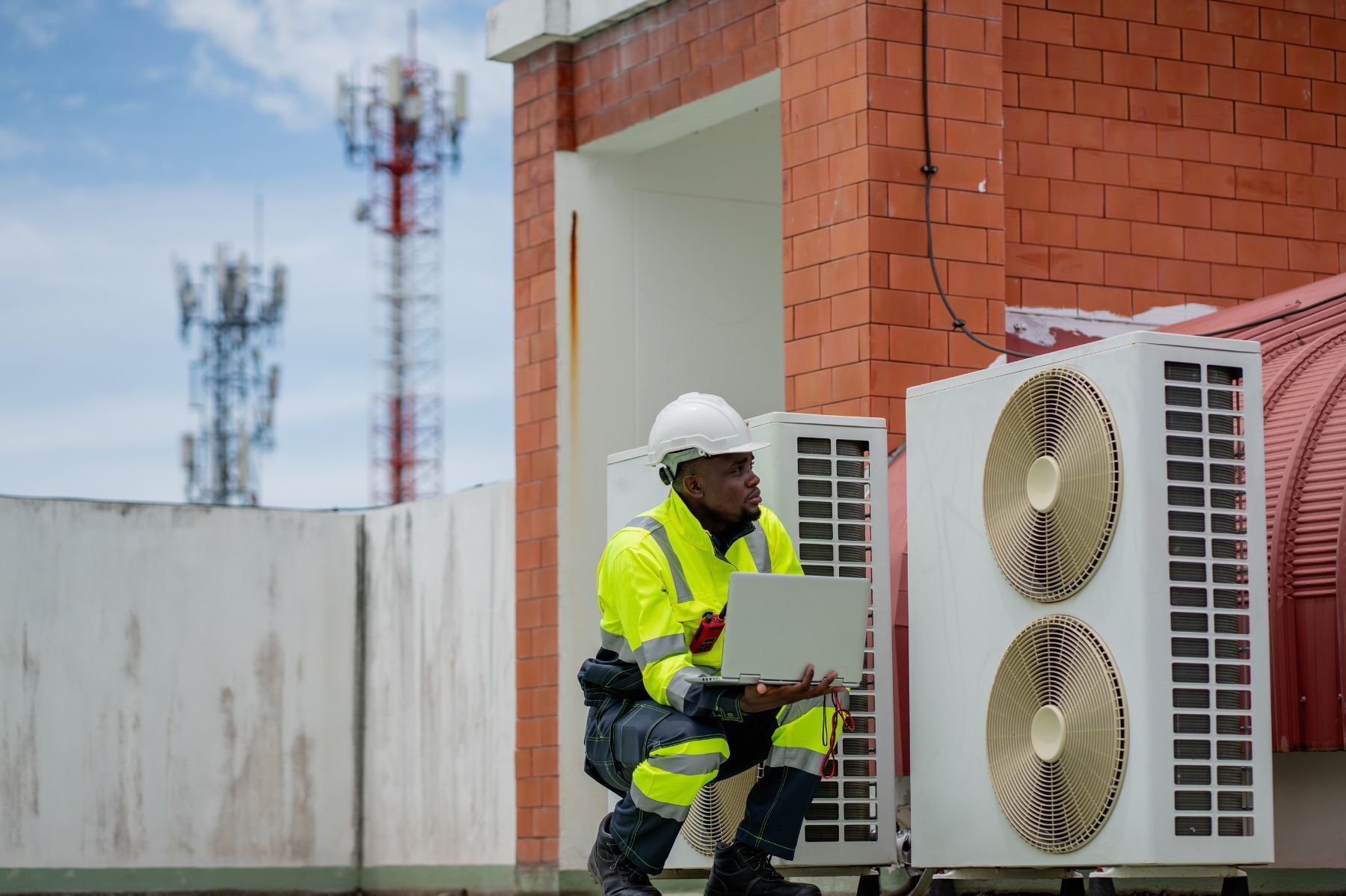The Ultimate HVAC Contractor Risk Checklist
See How We're Different
or call us: (469) 678-8001

In the rapidly expanding HVAC industry, which is projected to reach a staggering $367.5 billion by 2026, contractors face a unique set of risks that can impact their business sustainability and growth. Understanding and mitigating these risks is essential for HVAC contractors, especially given the competitive landscape and the high turnover rates within the sector. This comprehensive risk checklist aims to guide HVAC professionals through the most critical areas where vigilance and proactive management can safeguard their operations.
From operational hazards to market dynamics and workforce challenges, this article delves into the key risks HVAC contractors must address. Along the way, insights from industry experts and recent market data will illuminate best practices and emerging trends that can help contractors stay ahead. For those looking to deepen their understanding of the industry's trajectory, resources like WIFI Talents’ HVAC industry statistics offer valuable context on market growth and contractor demographics.
1. Operational and Safety Risks
Workplace Safety and Compliance
One of the most immediate risks HVAC contractors face is ensuring the safety of their technicians and compliance with regulatory standards. The nature of HVAC work involves handling electrical components, refrigerants, and heavy equipment, all of which present potential hazards. Failure to maintain rigorous safety protocols can lead to workplace injuries, costly fines, and damage to a company’s reputation.
Leveraging data analytics has become an effective strategy for many firms to predict and prevent incidents. By analyzing past incidents and operational data, contractors can identify high-risk activities and implement targeted safety measures. As noted by experts in the field, “By leveraging data, firms can predict future trends, identify areas needing enhanced safety measures, and ultimately reduce incident costs” (ACHR News).
Moreover, training programs that emphasize safety protocols and hazard recognition are essential in fostering a culture of safety within the organization. Regular safety drills and workshops can empower technicians to respond effectively to emergencies, thereby minimizing the impact of potential incidents. Additionally, the integration of wearable technology, such as smart helmets and safety vests equipped with sensors, can monitor real-time conditions and alert workers to potential dangers, further enhancing workplace safety.
Equipment and Technology Risks
HVAC contractors also face risks related to the reliability and performance of the systems they install and maintain. Recent studies highlight that many advanced control systems, such as those using model predictive control and reinforcement learning, may have unreliable performance estimates due to flawed experimental protocols. A review of 104 field demonstrations found that 71% used protocols that could misrepresent actual system efficiency (arXiv study).
This underscores the importance of contractors staying informed about technological advancements and critically evaluating new products before adoption. Ensuring that equipment meets rigorous standards and that technicians are properly trained on emerging technologies reduces the risk of system failures and customer dissatisfaction. Furthermore, establishing strong relationships with manufacturers and suppliers can provide HVAC contractors with valuable insights into product performance and reliability, enabling them to make informed decisions that align with their operational goals.
In addition to performance evaluations, contractors must also consider the long-term implications of technology adoption, such as maintenance costs and the availability of technical support. As systems become more complex, the need for specialized training and ongoing education for technicians becomes paramount. Investing in continuous education not only enhances the skill set of the workforce but also builds customer trust, as clients are more likely to choose contractors who demonstrate expertise in the latest HVAC technologies and best practices.
2. Financial and Market Risks
Market Growth and Competition
The HVAC industry has enjoyed steady growth, averaging around 4% annually over the past decade. However, this growth also attracts new entrants and intensifies competition, especially among small businesses, which make up approximately 80% of HVAC contractors in the U.S. with fewer than 20 employees (WIFI Talents).
Contractors must be vigilant about market shifts, pricing pressures, and the evolving expectations of customers. The rise in HVAC services mergers and acquisitions, which increased by 6.9% year-over-year with 124 deals announced or completed so far this year, signals consolidation trends that could reshape competitive dynamics (Capstone Partners).
In addition to traditional competition, the HVAC sector is also facing challenges from emerging technologies such as smart home systems and energy-efficient solutions. As consumers become more environmentally conscious, there is a growing demand for systems that not only provide comfort but also reduce energy consumption. This shift is prompting many contractors to invest in training and equipment that align with these new technologies, ensuring they remain relevant in a rapidly evolving market landscape.
Cash Flow and Turnover Challenges
Financial stability is often threatened by workforce turnover and recruitment difficulties. The average annual turnover rate for HVAC companies hovers around 20%, a significant figure that influences hiring strategies and operational continuity (ZIPDO Education Reports).
High turnover can lead to increased training costs, inconsistent service quality, and lost productivity. Contractors should implement retention programs, competitive compensation packages, and ongoing training to mitigate these risks. Additionally, maintaining healthy cash flow through prudent financial management and diversified revenue streams is critical to weathering market fluctuations.
Moreover, the financial health of HVAC companies can be further strained by seasonality. Demand for HVAC services often peaks during extreme weather conditions, leading to cash flow spikes followed by lulls during milder seasons. To counteract this, contractors can explore service agreements that provide steady income throughout the year, ensuring that they can maintain operations and invest in their workforce even during off-peak times. By diversifying their service offerings and establishing a loyal customer base, HVAC businesses can better navigate the inherent volatility of the market.
3. Customer Acquisition and Reputation Risks
The Changing Nature of Word of Mouth
Traditionally, HVAC contractors relied heavily on word-of-mouth referrals to build their customer base. While this remains a powerful marketing tool, the channels through which recommendations are shared have evolved dramatically. Today, social media, texting, and community outreach play a dominant role in shaping consumer decisions. Platforms like Facebook, Instagram, and even local neighborhood apps have become vital spaces where customers share their experiences, both positive and negative, with a wider audience than ever before.
Understanding these dynamics is crucial for contractors aiming to maintain a strong reputation and attract new clients. As highlighted by industry experts, “Word of mouth means something very different today than it used to” (ACHR News). This shift emphasizes the importance of not just delivering exceptional service but also ensuring that clients feel empowered to share their stories online. Engaging with customers on these platforms can help create a community around a brand, fostering loyalty and encouraging potential clients to choose your services based on authentic testimonials.
Managing Online Presence and Reviews
In the digital age, online reviews and social proof can make or break a contractor’s reputation. Negative feedback spreads quickly and can deter potential customers. Proactively managing online profiles, responding to reviews, and encouraging satisfied clients to share their experiences are essential strategies. Furthermore, contractors should consider implementing a structured follow-up process after service completion, prompting clients to leave reviews while their positive experiences are still fresh in their minds.
Contractors should also engage in community outreach and leverage social media platforms to showcase expertise, share educational content, and build trust. These efforts not only enhance visibility but also create a buffer against reputation risks. Hosting local workshops or webinars on HVAC maintenance can position contractors as thought leaders in their field, while also providing valuable information to the community. Additionally, sharing behind-the-scenes content, such as team training sessions or project highlights, can humanize the brand and foster a deeper connection with potential customers, ultimately leading to increased trust and loyalty.
4. Workforce and Human Resource Risks
Recruitment and Retention
Given the high turnover rate in the HVAC industry, recruiting and retaining skilled technicians remains a persistent challenge. Small businesses, which dominate the sector, often struggle with limited resources to compete with larger firms offering more attractive benefits and career advancement opportunities.
Developing a strong company culture, investing in employee development, and offering clear career pathways can improve retention. Additionally, leveraging apprenticeships and partnerships with vocational schools can help build a pipeline of qualified workers. By fostering a sense of belonging and community within the workplace, small businesses can create an environment where employees feel valued and motivated to stay long-term. Implementing employee recognition programs and providing opportunities for team-building activities can further enhance job satisfaction and loyalty.
Training and Skill Development
Continuous training is vital not only for employee retention but also for maintaining service quality and safety standards. As HVAC technology evolves rapidly, contractors must ensure their workforce stays current with certifications and best practices.
Regular training programs reduce the risk of errors, improve efficiency, and enhance customer satisfaction. They also prepare technicians to handle advanced HVAC systems, which are becoming increasingly common in residential and commercial settings. Moreover, incorporating hands-on training simulations and access to the latest tools and technologies can significantly boost technicians' confidence and competence. Investing in online training platforms can also provide flexible learning options, allowing employees to enhance their skills at their own pace while balancing their work schedules. This adaptability not only helps in skill acquisition but also demonstrates a commitment to their professional growth, further solidifying their loyalty to the company.
5. Legal and Contractual Risks
Contract Management and Liability
Clear and comprehensive contracts protect HVAC contractors from potential disputes and liability claims. Contracts should outline the scope of work, payment terms, warranties, and responsibilities to minimize misunderstandings. Additionally, including clauses that address unforeseen circumstances, such as delays caused by weather or supply chain issues, can provide further safeguards. This proactive approach not only clarifies expectations but also fosters trust between contractors and clients, which is essential for maintaining long-term business relationships.
Contractors must also stay informed about changes in local and federal regulations affecting HVAC installations and maintenance. Non-compliance can result in legal penalties and damage to business reputation. Regular training sessions and workshops can be beneficial for contractors and their teams, ensuring they are up-to-date with the latest industry standards and legal requirements. This commitment to compliance not only protects the business but also enhances its credibility in the eyes of clients and regulatory bodies.
Insurance and Risk Transfer
Appropriate insurance coverage is a critical component of risk management. General liability, workers’ compensation, and equipment insurance help mitigate financial losses from accidents, property damage, or lawsuits. Understanding the nuances of each type of insurance can empower contractors to make informed decisions about their coverage needs. For instance, specialized policies tailored for HVAC contractors can offer protections against specific risks associated with the industry, such as refrigerant leaks or equipment malfunction.
Contractors should regularly review their insurance policies to ensure adequate coverage and consider risk transfer strategies such as subcontractor agreements and indemnity clauses to further protect their interests. Engaging with legal professionals who specialize in construction law can provide valuable insights into crafting these agreements effectively. Furthermore, establishing a solid relationship with an insurance broker can help contractors navigate the complexities of their coverage options and ensure they are not underinsured in a rapidly evolving market.
Conclusion: Proactive Risk Management for Sustainable Success
The HVAC industry’s promising growth trajectory brings with it a complex risk landscape that contractors must navigate carefully. From operational safety and technological reliability to financial stability and workforce management, each area demands attention and strategic action.
By adopting a comprehensive risk checklist and leveraging data-driven insights, HVAC contractors can enhance their resilience and position themselves for long-term success. Staying informed about market trends, investing in employee development, and maintaining strong customer relationships are foundational to mitigating risks effectively.
For contractors seeking to deepen their understanding of industry dynamics and best practices, exploring detailed market updates such as those provided by
Capstone Partners can offer valuable guidance. Ultimately, proactive risk management is not just about avoiding pitfalls—it’s about building a robust business that thrives in a competitive and evolving marketplace.











